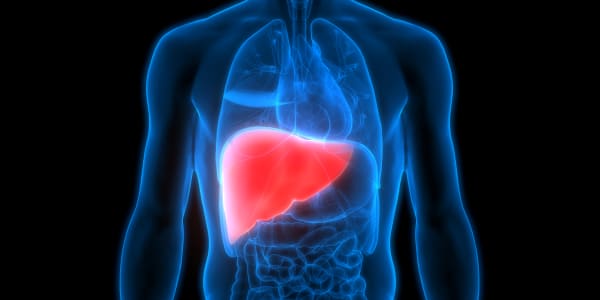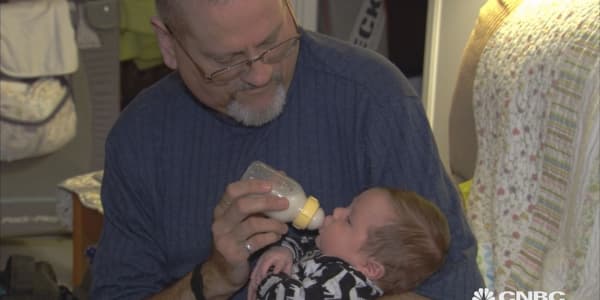American hospitals saw sharp increases in visits by patients suffering from misuse of prescription painkillers as well as of heroin during a recent 10-year span, new data shows.
The national rate of opioid-related inpatient stays in hospitals rose by 64.1 percent from 2005 to 2014, according to a federal health data agency.
And the rate for opioid-related visits to hospital emergency departments soared by 99.4 percent, the Agency for Healthcare Research and Quality said Thursday.
The increases in hospitalizations nationwide tracked what health officials have termed an epidemic of painkiller and heroin abuse.
"The opioid epidemic has reached alarming levels in many parts of the United States, affecting the lives of thousands of individuals and families," a brief on the new data from AHRQ said.
"Between 2000 and 2014, the rate of overdose deaths involving opioids in the United States increased 200 percent. Between 2013 and 2014 alone, the rate of opioid overdose deaths increased 14 percent, from 7.9 to 9.0 per 100,000 population."
The U.S. Health and Human Services Department, the parent of AHRQ, says that opioid-related overdoses kill 90 people in the nation every day. And hospitalizations and emergency department care for poisonings from opioids cost the United States more than $20 billion annually, HHS says.
A Wall Street Journal story published Thursday, "The Children of the Opioid Crisis," detailed the toll the epidemic is taking on the children of addicted parents, many of whom are now being raised by grandparents or in the foster-care system after their own parents can no longer care for them or fatally overdose.
In Vermont, the number of children removed from their parents because of opioid use and placed with relatives or foster case increased by 40 percent over the past three years, the Journal noted. In West Virginia, the increase was 24 percent in the past four years.
On Tuesday, President Barack Obama signed the "21st Century Cures Act," which provides $1 billion in new funding targeted at opioid abuse.
According to the federal data released Thursday, the national average for hospitalization stays from opioid misuse stood at 225 per 100,000 people in 2014. That's up from 137 per 100,000 people in 2005.
A number of places had hospitalization stay rates that exceeded 300 per 100,000 people: Maryland, the District of Columbia, New York, Rhode Island, Massachusetts and West Virginia.
The states of Texas, Nebraska and Iowa had the lowest rates, of 70.9, 46.1 and 44.2 per 100,000, respectively.
The biggest increases in inpatient stays were seen in Oregon, which had an almost 89 percent rise from 2009 through 2014. It was followed by North Carolina, where there was a nearly 82 percent jump, and South Dakota, where hospitalizations climbed by more than 74 percent, according to AHRQ.
Nationally, the average rate of emergency department visits stood at 177.7 per 100,000 people in 2014. In comparison, in 2005 that rate was 89.1 per 100,000.
Massachusetts as of 2014 had — by a very large margin — the biggest rate of opioid-related hospital visits: 441.6 per 100,000 people.
It was followed by Rhode Island, with 288.6 emergency visits per 100,000 people. Maryland and Ohio were close behind that rate.
Ohio saw the biggest increases in emergency department visits from 2009 through 2014 — 119.1 percent.
South Dakota had a 106.4 percent increase in ED visits from opioids during the same time period, followed by Minnesota at 102.3 percent.





